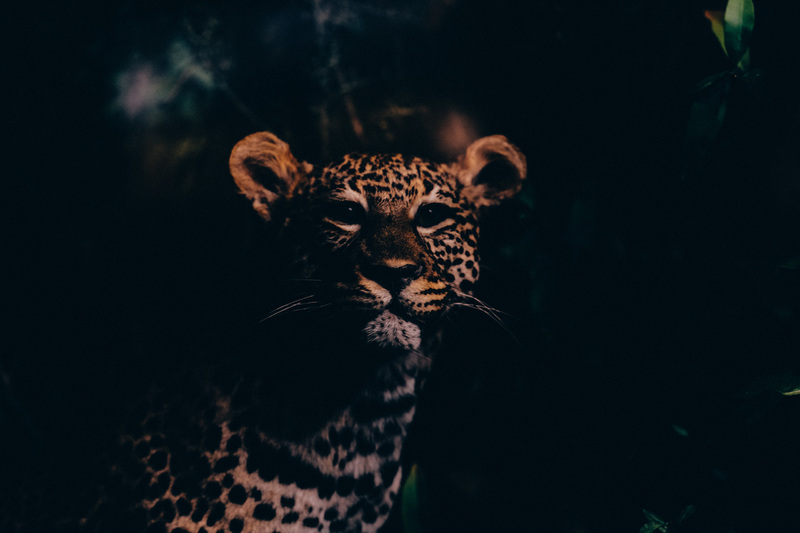About
For thousands of years human civilization has used symbols to convey meaning and stories. Our written language is composed of symbols, that when combined, help facilitate conversations and thought. Sometimes physical objects, people, and animals have symbolic meaning behind them. A symbol that will be looked at in this project is the cat. The common house cat (Felis catus) was first domesticated in the Near East nearly 12,000 years ago. Cousins to the domestic house cat are the lion, cheetah, and lynx. The genetic history of the cat is as complex as our human genome, but culturally what do cats mean to us?
What is interesting about the modern domesticated cat is that it was first bred around the time when the first known agricultural societies began. The cat’s counterpart - dogs - were domesticated by hunter-gatherers earlier because of their innate ability to hunt large animals. Cats ventured into many early human settlements by chance - storage of grains and livestock lead to an increase of vermin. We can deduce at this point that the relationship between cats, much like that of the early man and wolf, lead to the domestication of our furry feline friends.
As farming communities developed further into more complex city states, the first established civilizations rose. The Egyptian Civilization are known for their pantheon of gods, each one representing a symbolic part of Egyptian life. The lion (Panthea leo), cousin to the cat, is more readily depicted in Egyptian mythology. The god Bastet is depicted in various scenarios as the protector of the king, and as the benevolent counterpart of Sekhmet. Sekhmet is a warrior goddess and is also associated with healing. Both of these gods are represented as anthropomorphic beings, with faces of the lion and female bodies.
In the Middle Ages, man’s relationship with cats morphed towards indifference and paranoia. With increase in famine and plague, humans vilified the cat. Cats have always represented protection, rebirth, and patience. However, political and religious issues that arose during this turbulent time in history began to associate cats with witches and harbingers of demonic possession. At the same time, their role as vermin-catching heroes still persisted. Many cultures around the world still revere the domesticated cat’s wild side and excellent hunting abilities.
The hope for this collection is to curate a series of cat-related objects to help visualize the different ways culture has presented the cat. The items in this collection is to celebrate the cat as our friends, neighbors, and support. They are creatures that live on different planes of existence, gracing us with their aloof behavior while curating a sense of belonging.
